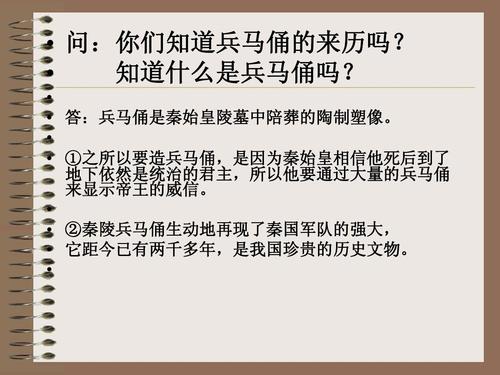
What Can We Learn from the Terracotta Army?
The Terracotta Army is one of the most significant archaeological discoveries of the 20th century. Unearthed in 1974 by farmers digging a well near Xi'an, China, the army consists of thousands of life-sized terracotta figures representing the armies of Qin Shi Huang, the first emperor of China. But this sprawling mausoleum complex reveals much more than just military might.
Military Organization and Warfare in the Qin Dynasty
The sheer scale of the Terracotta Army, with its estimated 8,000 soldiers, 130 chariots with 520 horses, and 150 cavalry horses, provides invaluable insights into the military organization and warfare tactics of the Qin dynasty.
- Military Divisions: The figures are arranged in distinct battle formations, showcasing the complex hierarchical structure of the Qin army. We see infantry, archers, and charioteers, each with unique weaponry and armor, indicating specialized roles within the army.
- Weaponry and Armor: The intricate details of the weapons and armor, including bronze swords, crossbows, spears, and armor made of leather and metal, offer crucial evidence of the materials and craftsmanship of the period. The presence of these specific weapons also highlights the advanced military technology of the Qin.
- Warfare Tactics: The battle-ready poses and strategic arrangement of the figures offer a glimpse into the military strategies and formations employed by the Qin army.
Life and Culture During the Qin Dynasty
While the soldiers are the most famous find, the mausoleum complex holds a treasure trove of information about daily life during the Qin dynasty.
- Social Hierarchy: The variation in height, dress, and facial features of the figures reflects the social hierarchy of the Qin dynasty. Generals are taller and more elaborately dressed than ordinary soldiers, emphasizing the importance of rank and status.
- Artistic and Technological Skills: The incredible craftsmanship displayed in the creation of the Terracotta Army, with each figure possessing unique facial features and details, highlights the advanced artistic and technological skills of the Qin artisans.
- Clothing and Hairstyles: The figures provide a detailed record of the clothing and hairstyles of the time, showcasing the fashion and aesthetics of the Qin dynasty. The intricate clothing, from the folds of the robes to the patterns on the fabrics, and the elaborate hairstyles, all offer insights into the cultural norms and aesthetics of the period.
The Legacy of Qin Shi Huang
Lastly, the burial complex provides pointed insight into who Qin Shi Huang was and what he did during his time in power. The Terracotta Army shows his reliance on the military, other artifacts in the city replica indicate what systems and culture were present in the dynasty.
- Ambition and Power: The sheer scale of the mausoleum complex and the Terracotta Army is a testament to the ambition, power, and desire for immortality of Qin Shi Huang. He unified China but was obsessed with maintaining that power, even in death.
- Belief in the Afterlife: The construction of such an elaborate mausoleum, complete with an army and other necessities, reflects the Qin dynasty's belief in the afterlife and the desire to provide for the emperor's needs in the next world.
Questions to Consider
- How does the Terracotta Army challenge or confirm our understanding of ancient Chinese civilization?
- What can we learn about the role of art and symbolism in ancient Chinese culture from the Terracotta Army?
- In what ways does the Terracotta Army serve as a window into the past, connecting us to the people and events of the Qin dynasty?